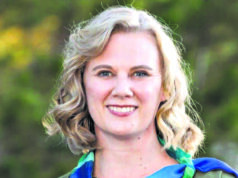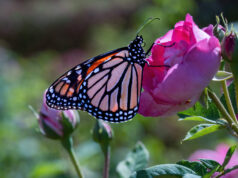
A Curtin University professor who has studied vitamin D said nearly a quarter of all Australians are living with a deficiency of the vitamin.
Curtin University School of Public Health researcher Dr Lucinda Black had investigated Australian food sources to identify which were rich in vitamin D at a time when Australians were receiving less direct sunlight than in the past.
“Vitamin D is really important for healthy bones,” she said.
“It’s important throughout childhood to adulthood.
“Even on sunny days the sun might not be strong enough for your body to synthesise vitamin D.”
Dr Black said in Australia on average about a quarter of people had a vitamin D deficiency even though they may not realise it.
She said about 40 per cent of Aboriginal and Torres Straight Islander people were believed to have the deficiency.
Dr Black said bone deficiencies like Rickets in children and osteomalacia in old people were common side effects of not receiving enough vitamin D.
Rickets had actually begun to increase in Australia mostly in dark-skinned first-generation children.
Melanin, the pigment that affects human skin, hair and eye colour, works like the earth’s atmosphere to absorb and scatter light.
Darker skin scatters UV light and absorbs less while lighter skin absorbs more.
This is why people from areas with harsher sunlight have darker skin than people from less-harsh areas.
Lighter skin was a result of human migration from Africa to areas such as Europe and Asia where sunlight gave off less UV and vitamin D was less plentiful as a result.
Exposure to sunlight was a major source of vitamin D and covering up arms and legs too much could result in a deficiency of the vitamin.
In modern times manufacturers often added vitamin D to products including cereals, bread and milk.
Dr Black said the best natural source of vitamin D-rich foods were oily fish including salmon, sardines, tuna, mackerel and trout.
Eggs were also a good source.
Dr Black had completed a pilot study funded by the Western Australian Department of Health to test levels of vitamin D in Australian foods, focusing on eggs and fish.
She was looking for funding for a further study of about 200 foods.
She said a study of Australian foods was necessary to see which were the best for vitamin D because types of food and the different environments food grew in varied across the world.
“From the pilot study we can show we have very different amounts of vitamin D in food here than in America and the UK,” she said.
“We can’t just use their data, we have to have our own.”













